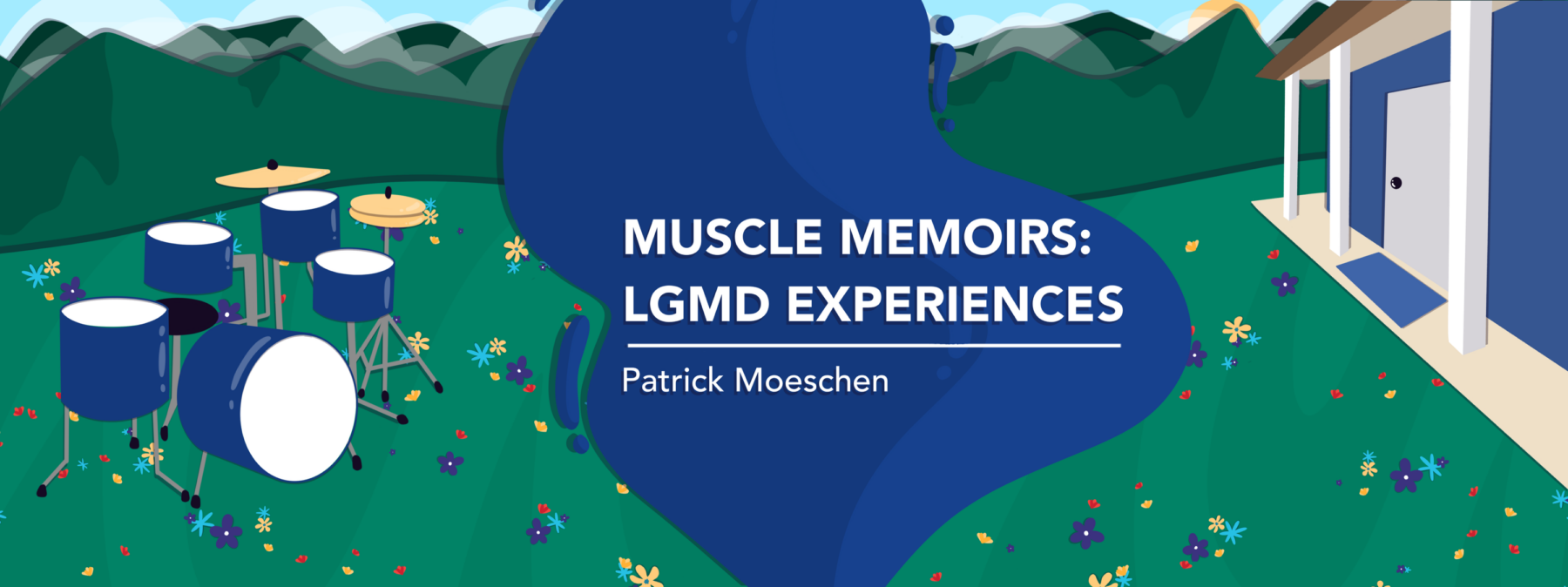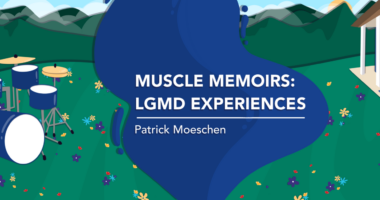Growing into limb-girdle muscular dystrophy — and, better, marriage
Years of relationships taught me much before I met my eventual wife

I’ve been married for 11 years. Before then, as I grew up with what I eventually discovered was limb-girdle muscular dystrophy, I learned a lot about life, perseverance, and relationships.
During my 20s, I had long relationships with a couple of women with whom I thought I’d possibly spend my life. Also throughout that decade, I began to lose strength and function, starting with larger muscle groups such as those in my torso and upper legs.
By this time, I’d become so used to living with my disability and in my own skin that I assumed most people around me had adjusted as well. I had open and honest conversations with the women I dated about what was happening inside my body, and I also showed them that it wouldn’t affect my quality of life. By building a strong support system around me with family and friends, I tried to view each relationship as a bank account: I’d make as many deposits as I could, so when I needed a withdrawal, there’d be a balance to draw from.
I gave my heart, energy, time, and passion to all of my relationships in whatever way I could. In my mind, it was simple: I give, you give, and everyone lives happily ever after. It took me a long time to realize that everyone has boundaries with patience, time, and energy when dealing with the elephant that’s always in every room with me: my muscular dystrophy.
As an extrovert who uses humor, I’ve always felt comfortable talking with people, including about how my condition would progress in adulthood. These personality traits also benefited me in the dating world, where I came of age before smartphones, dating apps, and online shenanigans that accompany today’s youth.
I had open, honest conversations with all of the women I dated about what could lie ahead: Would limb-girdle muscular dystrophy shorten my lifespan? How far would the disease progress and how fast? Could I have kids? What would happen if I lost all my abilities to take daily care of myself?
Meeting ‘the one’
All of those were difficult questions, and it took me more than 15 years of short and long relationships before meeting Vanessa, who’s become my wife and partner in this crazy life.
Before we met, Vanessa worked with disabled kids at a youth camp, and she had an uncle who was paralyzed from the waist down after a car accident. In short, disability, wheelchairs, and modifications didn’t faze her. She didn’t look past them; she leaned into them and helped me see that anything was possible if we worked together.
I like to tell people that I was drafted into the disabled world while my wife enlisted. No small task.
Vanessa has taught me that it’s OK to be afraid, and that it’s OK to sometimes let go of thinking too far into the future. She’s helped me grow as a person, and, in addition to being my main caregiver and wife, she’s mother to our two wonderful boys.
We strive to define ourselves as an interabled couple and joke that she’s the physical strength while I’m the brain, making us together a full team of two. Our kids are growing up in a home littered with durable medical equipment, so to them, power wheelchairs, ceiling lifts, ramps, and a roll-in shower are simply parts of daily life. They simply know that Dad has special muscles, uses a wheelchair, and needs help doing certain things.
Vanessa and I fell in love and continue to build the world we want to see through laughter, teamwork, and perseverance. Your life is your masterpiece, after all. You define it, and you get to decide what’s normal as you thrive with a chronic illness. This column explains how we’re doing it.
As John Lennon once said, quoting Cicero, “While there’s life, there’s hope.” He also once sang, “All you need is love.” Words to live by.
Note: Muscular Dystrophy News Today is strictly a news and information website about the disease. It does not provide medical advice, diagnosis, or treatment. This content is not intended to be a substitute for professional medical advice, diagnosis, or treatment. Always seek the advice of your physician or another qualified health provider with any questions you may have regarding a medical condition. Never disregard professional medical advice or delay in seeking it because of something you have read on this website. The opinions expressed in this column are not those of Muscular Dystrophy News Today or its parent company, Bionews, and are intended to spark discussion about issues pertaining to muscular dystrophy.






J Orlowski
My husband hand LGMD & OPMD , not symptomatic til he was 56, the gradual need for more support equipment was helped by occupational therapy. We also found humor and letting him know I always would be there to “have his back”, made us a stronger team.
Anthony Dixon
Loved your story I also got diagnosed with limb-girdle- MD in 2016 but it was going on before that, but my wife since 2017 has been great stay strong brother and god bless you and your family.
Pat Learned
Love this amazing relationship. So enjoyed watching you + Vanessa In the beginning … lots of laughs.. cute glances. You both have a strong bond that will last forever.❤️
Darshh
Inspiring story 👏
Btw sadly i have been diagnosed with MD
PAUL DAVIES
I was diagnosed with muscular Dystrophy many years ago and the UK don't really care or help.
I still don't have a definitive type and getting help is impossible.